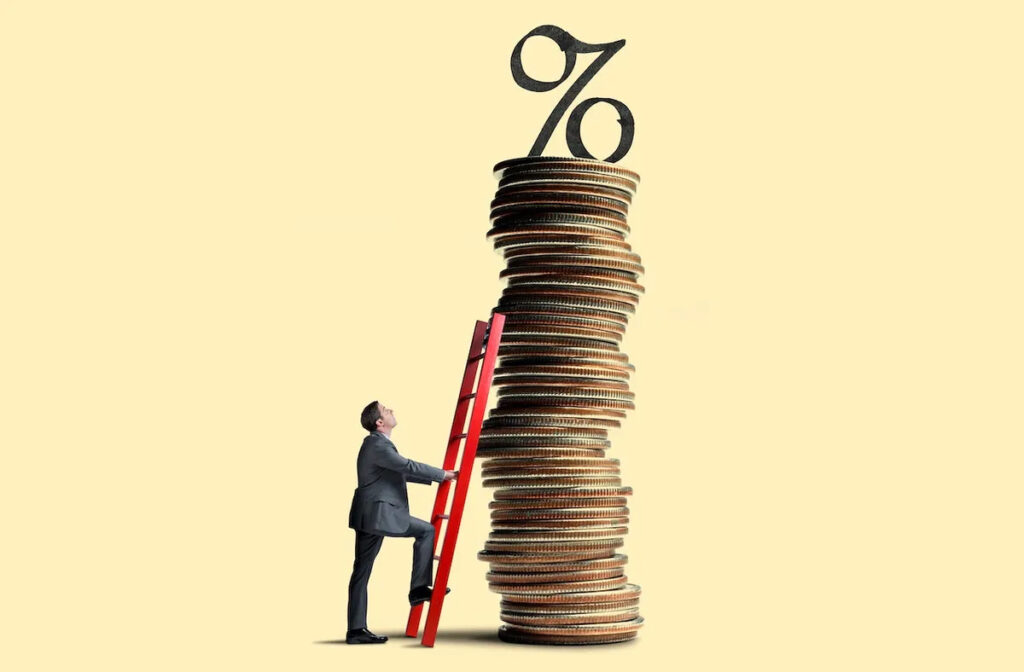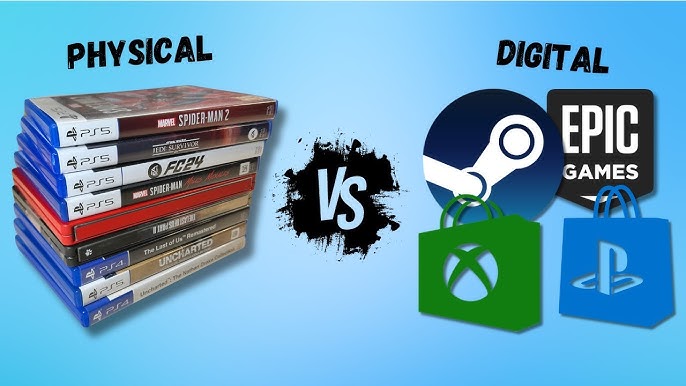I remember buying NBA 2k for like $40 now it’s like $70! Why is that?

If you’ve been a gamer for your whole life, you would have realized a steady increase in video game prices over the years. What used to cost $40 and $50 is now almost $80. But why have game prices increased, and is it really justified? In today’s blog, we will uncover the driving factors in increasing video game prices.
1. Increasing development costs

The most apparent reason for increased video game prices is the cost of game development. Triple A games, which are games of high profile, high budget games, require massive teams of artists, programmers, voice actors, and designers. These projects can take 5+ years to complete and cost hundreds of millions of dollars. As expectations for graphics, realism, and immersive storytelling grow, so do the expenses.
2. Inflation

Adjusted for inflation, game prices have actually remained relatively stable over the last few decades. For example, a $49.99 game in 1995 would cost over $90 in today’s dollars. The jump from $59.99 to $69.99 in recent years is long overdue when you consider global inflation trends.
3. Advanced Technology and Features

Modern games come packed with advanced features like ray tracing, realistic physics engines, AI-driven NPCs, and open-world environments. These features require more R&D investment and high-end development tools, which drive up production costs and, in turn, the retail price.
4. Growing Expectations
Gamers today expect regular updates, DLCs, multiplayer modes, and bug-free launches (well, ideally). This means developers must spend more time and money post-launch, essentially offering a “live service” experience. The upfront cost helps offset these ongoing expenses.
5. Digital over Physical

As games go digital, there’s also an increase in platform fees, server maintenance, and global pricing strategies. Publishers must now consider regional pricing while dealing with currency fluctuations and digital infrastructure, further complicating pricing models.
The increase in video game prices is driven by a mix of economic, technological, and consumer-driven factors. While the $10 jump may seem steep, it often reflects the immense work that goes into creating modern games. Understanding these changes helps gamers make informed choices—and appreciate the real value behind their favorite titles. You can tune into one of our older blog posts explaining the evolution in video game tech and conjure your own opinions on if you think the price increases are valid.







Leave a Reply